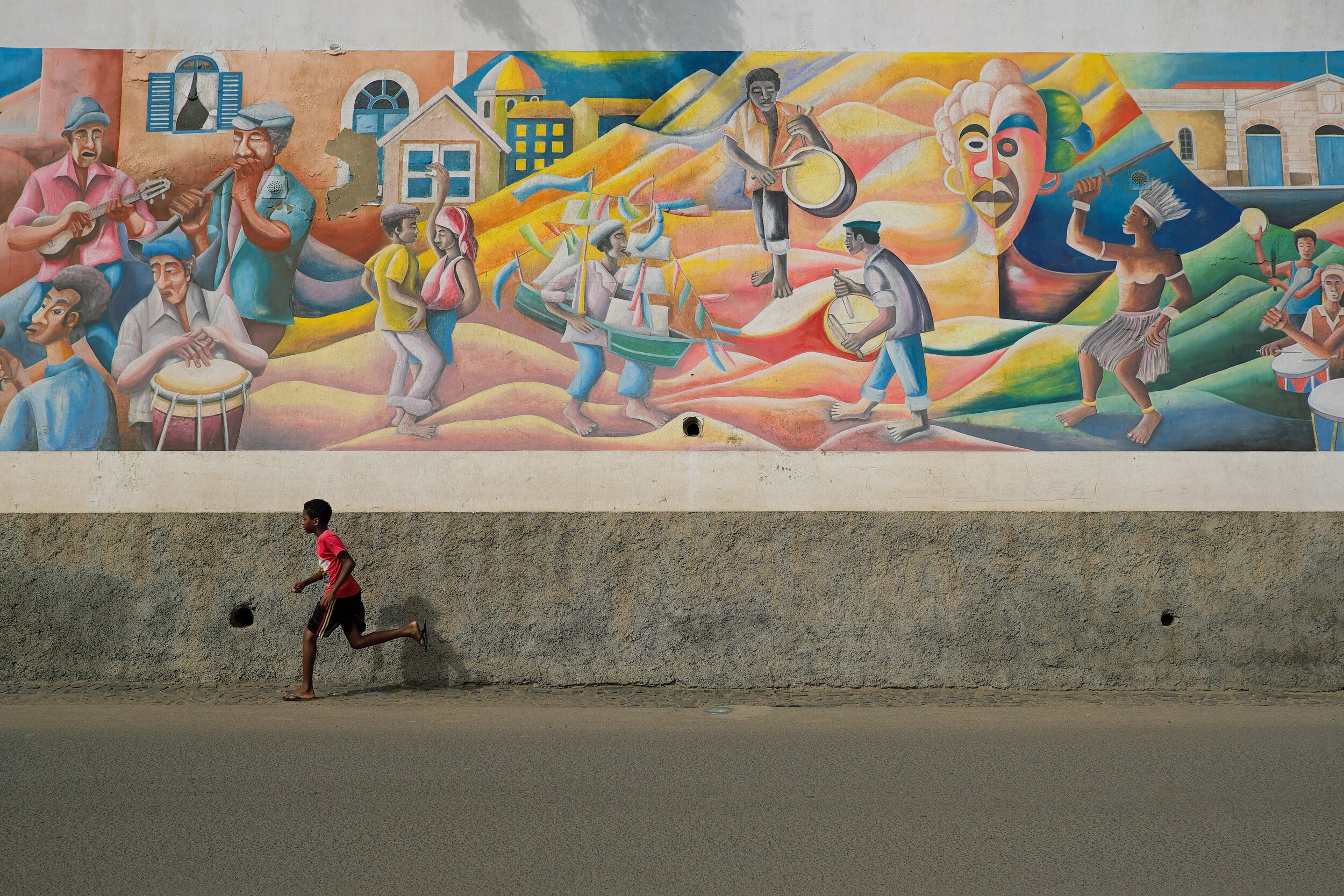Cuisine Spotlight: Bacalao
It’s Black History Month so, to celebrate and educate, we want to start taking you a little deeper into the rich history behind the amazing Pan-African dishes we cook.
Our Salt Cod Bacalao with Chilli Toffee Sauce is one of our most popular (and damn tasty) dishes. We call our salt cod fritters Bacalao, from the Spanish, but they have their roots firmly in the Portugese Pasteis de Bacalhau. Portugese food is intrinsic to Cape Verdean cuisine. Houria founder Kim’s heritage is Cape Verdean, and it’s food has a big place in her heart.
Cape Verde’s Culinary History
Cape Verde is an archipelago of ten islands lying in the Atlantic Ocean 370-540 miles west of Cap Vert, the westernmost point of continental Africa. Portuguese explorers colonised the islands in the 15th century, establishing the first European settlement in the tropics and bringing their cuisine and love of salt cod with them. Fish and seafood was plentiful on the islands, but not much else was familiar to the colonists, so the Portugese imported most of the animals and edible plants they knew from home to grow and farm.
Because of their position the islands were ideally located for a role in the Atlantic slave-trade, and Cape Verde grew prosperous for the Portugese throughout the 16th and 17th centuries off the back of the slave trade. Slaves from mainland continental Africa were taken to the islands before being shipped and sold, and brought with them the agriculture and cooking from their home countries.
From these roots in slavery, today we find a cuisine which is true fusion of traditional European and African ingredients and cooking techniques. These are reflected in dishes such as Cachupa, traditionally made with pork and chorizo accompanied by beans, corn, cassava, sweet potato, carrot and cabbage. And of course there is Pasteis de Bacalhau.
Salt Cod and Slavery
Salt cod has been an intrinsic part of European cuisine for many centuries; and it is still an central part of Portugese cuisine today; there are said to be over 1000 recipes in Portugal alone involving salt cod. Bacalhau is the Portuguese word for cod and—in a culinary context—dried and salted cod (fresh cod is simply known as bacalhau fresco).
When Europeans colonised Newfoundland in the 1600s, the waters off Newfoundland’s coast were full of Atlantic cod, so due to its popularity in Europe it became one of its main exports back to both mainland Europe and Europe’s colonies around the world. Salting the fish was the easiest way to ensure it made the long journey, as well as being incredibly popular in many European countries already.
Salt cod became an intrinsic part of the Atlantic slave trade in the 1700s. At this point most of the farming land in the Caribbean (worked by slaves, most of whom were shipped from West Africa) was devoted to sugar plantations. Low grade salt fish was originally used as a fertiliser on the plantations, much of it came from North American colonies, and hungry slaves would often eat it. They would be punished if they were caught in the act.
Slave owners did not want to slow the growing of crops on their land in order to feed the huge number of slaves that they owned. However they knew that these people needed to be kept alive in order to keep the sugar plantations running. Enter salt cod. Shipped from the colonies in Canada and North America, this plentiful and non-perishable product became a popular solution for fertilising the land and also feeding the slaves, on the plantations where they worked and when they were being transported.
Ships from Newfoundland and the surrounding areas started delivering more and more salt cod to the Caribbean, as well as to Europe and West Africa. As colonists from the North Americas grew richer from the increased demand for salt cod, they began returning from the Caribbean with more goods to sell; sugar, cotton and tobacco. However, the real money was in slavery, and what was the point in returning to the Americas from Africa and Europe after selling salt cod there with empty ships? So profiteers and merchants from the cod-producing colonies started crossing the Atlantic and returning with slaves to be sold in the Caribbean alongside their salt cod. It was an ideal economical circle of wealth for them.
Cape Verde obtained independence from Portugal in 1975. Hundreds of years after the height of the Atlantic slave trade Bacalhau is still at the heart of many dishes in other former Portuguese colonies like Angola, Macau, Brazil, and Goa, as well as Cape Verde. It features in many dishes in countries with a past intrinsically linked with slavery, such as Jamaican Ackee and Saltfish or the Trinidadian Callaloo with dumplings and saltfish.
Our Bacalao with chilli toffee sauce is at the heart of our feasts. It perfectly represents the cultural roots of the cuisine that Houria seeks to highlight. The resilience that humans have demonstrated over the course of history, in the face of such injustice and inhumanity, and the ability of people who survive these injustices to infuse such pride, joy and deliciousness into food that was certainly not originally intended to have this purpose. Slavery is still alive and well in our modern societies and Houria wants to acknowledge and honour survivors of slavery and those living within those systems of oppression by bringing this culinary heritage to the plates of the people in our community.







